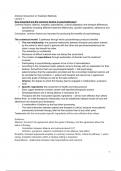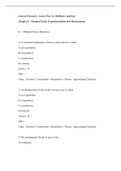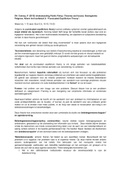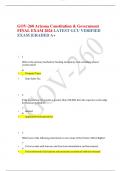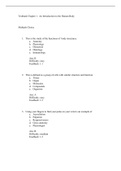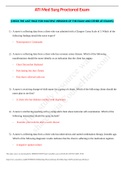Samenvatting
Summary of the articles for Introduction to Treatment Methods course for clinical psychology
This is an in-depth summary of all 15 mandatory articles for the exam of the second year clinical psychology course "Introduction to Treatment Methods". This does not include the lectures and slides, there is a separate summary of them.
[Meer zien]
